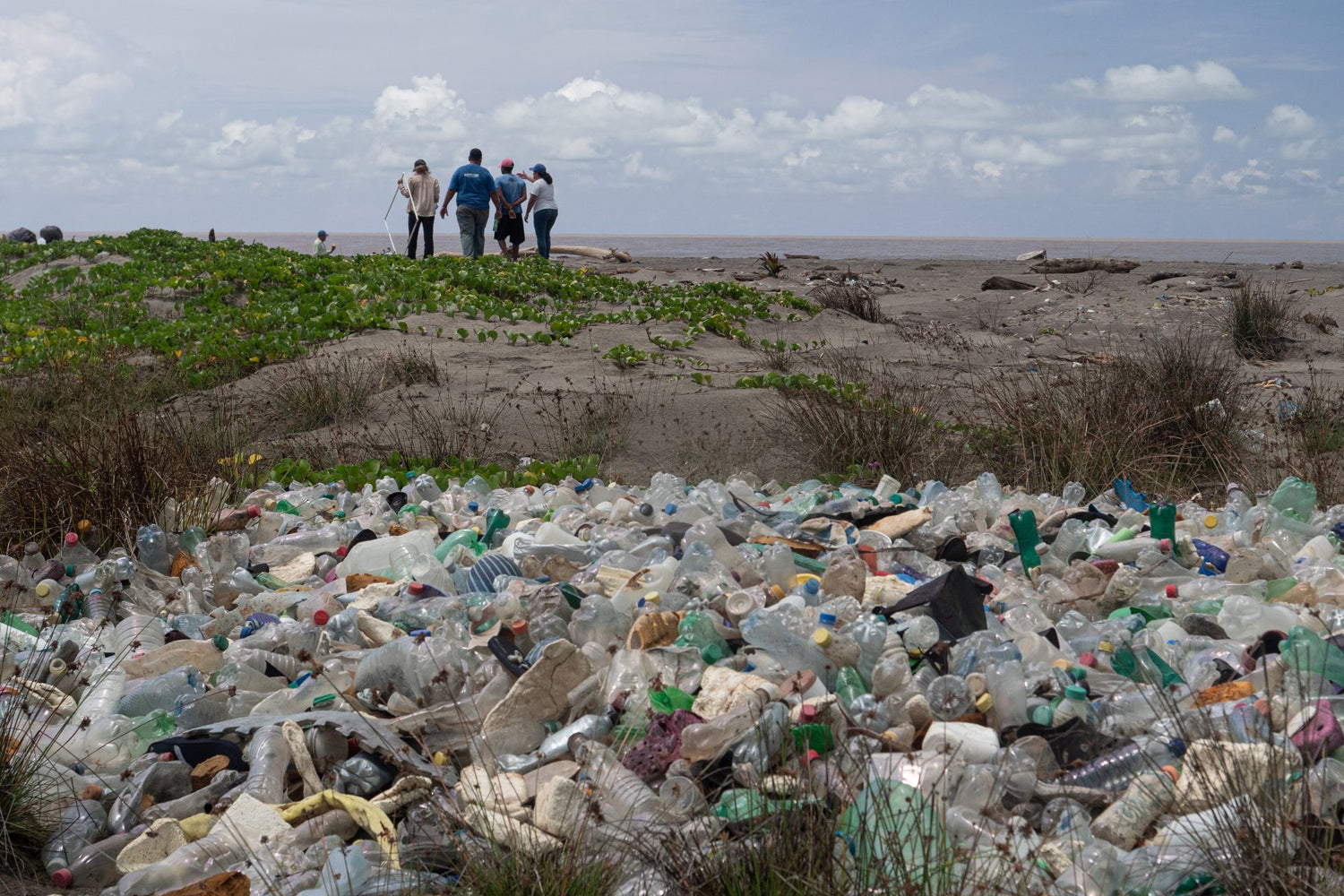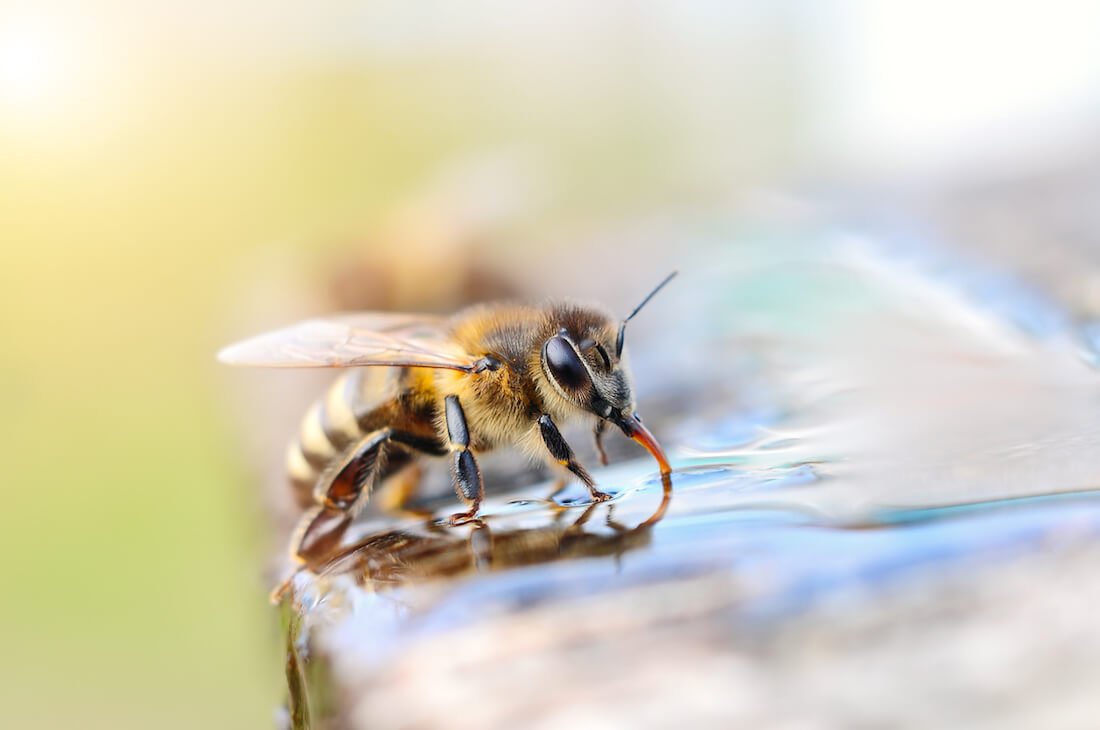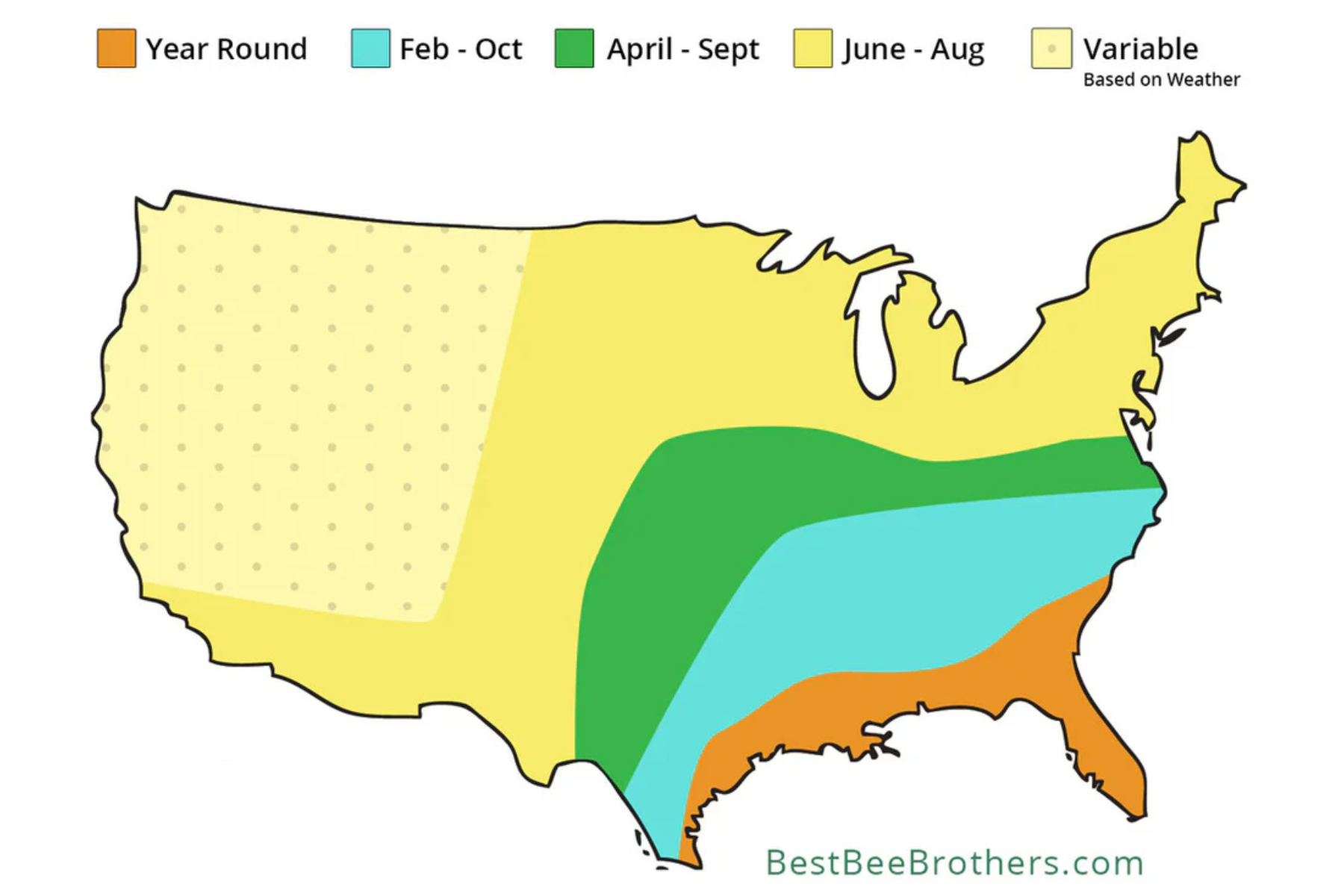What Is Ocean Plastic?
If you live near a body of water, be it an ocean or a river or the shores of Lake Michigan, like we do, you are familiar with the sight of plastic bottles and bags and other trash littering the sandy beaches or rocky banks. And by now, many of us have seen images of the Great Pacific Garbage Patch, two large masses of human-made marine debris that have collected in the Pacific Ocean1.

Community recycling is important, but not all communities or residents participate. A study in 2017 determined that a shocking amount of plastic – 91 percent, in fact – isn’t recycled2. Much of that plastic ends up in landfills. Some makes its way into our oceans. This is the source of ocean plastic, a resource that can be used to make new products and remove plastic material from the ocean.

Why Did We Switch to Recycled Plastics?
One of our founding principles at Best Bee Brothers is our commitment to sustainability and the environment. That’s why we advocate for and make products that have a minimal impact on the natural world. The bulk of our carpenter bee traps and houses are made of natural untreated wood, but the roof of our bestselling Best Carpenter Bee Trap still requires the durable, reproducible and lightweight properties that are unique to plastic.
To honor our commitment to sustainability, we decided to partner with RSP as our contract manufacturing partner and Oceanworks®, a global materials network with a fully traceable and transparent supply chain for ocean plastic. Using raw material from Oceanworks®, we now incorporate ocean plastic into the roofs of our bee traps, and we plan to use more in future products. We will also be transitioning all our packaging for our carpenter bee traps to 100 percent post-consumer recycled material.
What Does This Mean for Our Oceans?
Using recycled ocean plastic means less plastic waste in our oceans and a positive economic impact on communities that participate in collecting it. In 2021 alone, our Best Bee Traps diverted 11 tons of plastic from the ocean. And this switch means our products are making a real impact. Our products have already diverted 22 tons of ocean plastic and counting, and we estimate that our ocean plastic roofs will remove at least another 22 tons of ocean plastic each year.
At Best Bee Brothers, we believe recycling should come full circle! When your trap is at the end of its useful life and ready for replacement, you can disassemble the old trap and recycle the ocean plastic roof and the plastic receptacle to help keep our waterways clear. Once the plastic parts are removed from the trap, try upcycling the untreated wood part of the trap into a planter. Some community recycling programs may take lumber or wood waste, but our traps are assembled with metal staples, so be sure to check with your local curbside recycling program before attempting to do so.
Learn more about our sustainability commitment and join us!
- Marine Debris Program, “Garbage Patches,” National Oceanic and Atmospheric Administration, National Ocean Service, January 31, 2022, https://marinedebris.noaa.gov/info/patch.html.
- Laura Parker, “A Whopping 91% of Plastic Isn’t Recycled,” National Geographic, December 20, 2018, https://www.nationalgeographic.com/science/article/plastic-produced-recycling-waste-ocean-trash-debris-environment.









Leave a comment
All comments are moderated before being published.
This site is protected by hCaptcha and the hCaptcha Privacy Policy and Terms of Service apply.